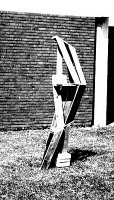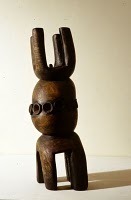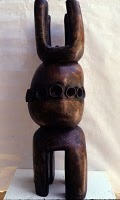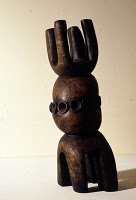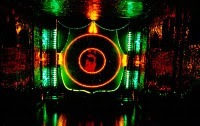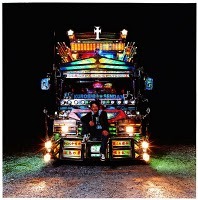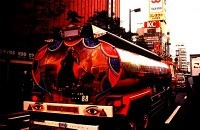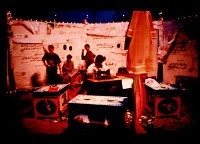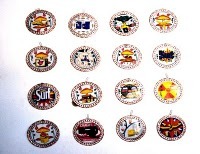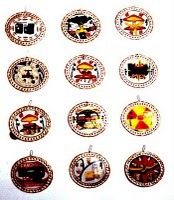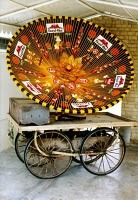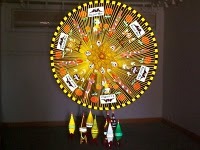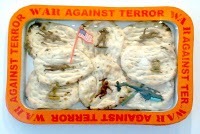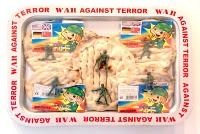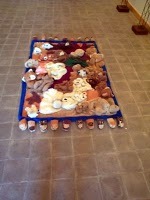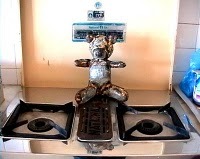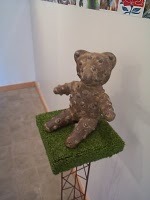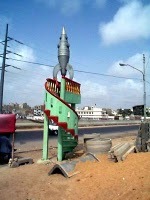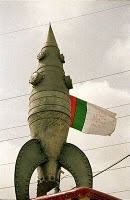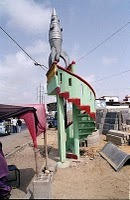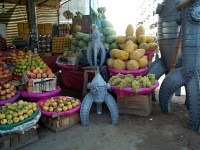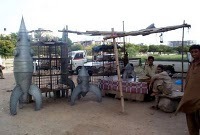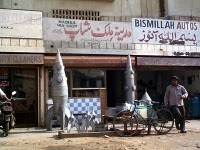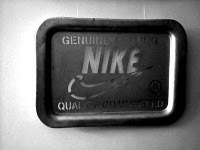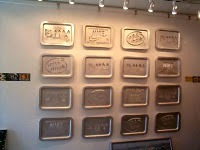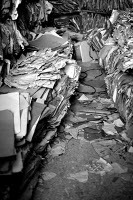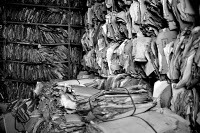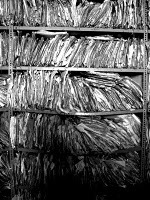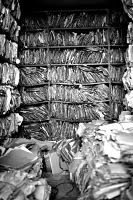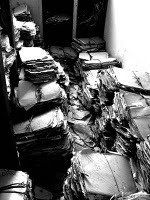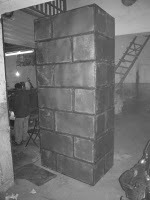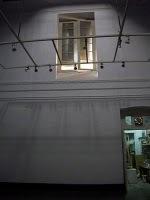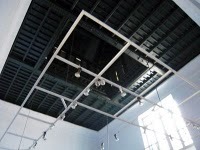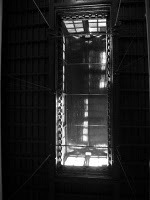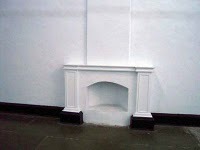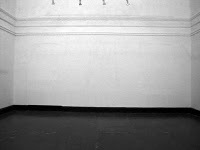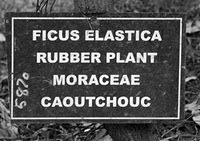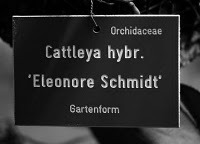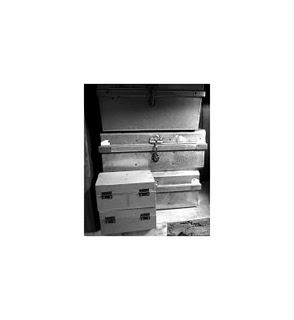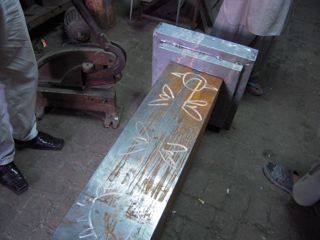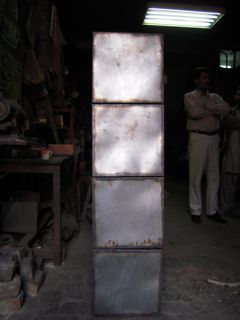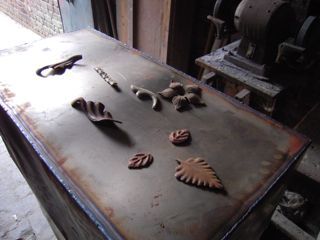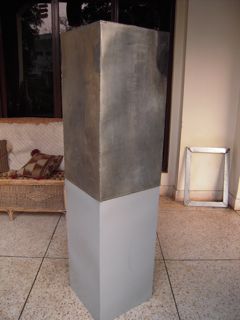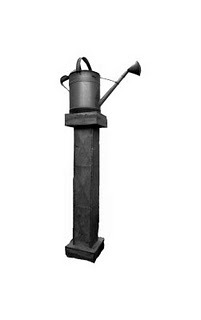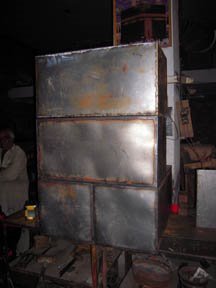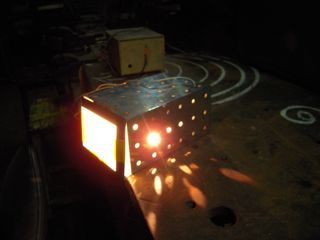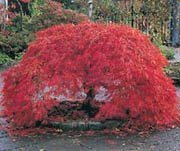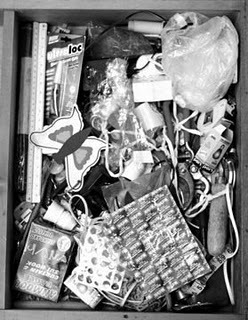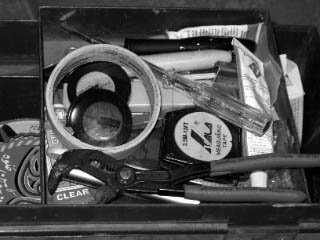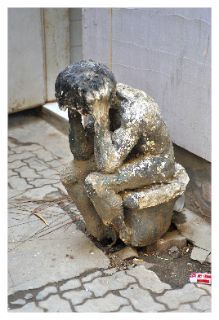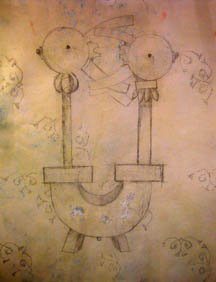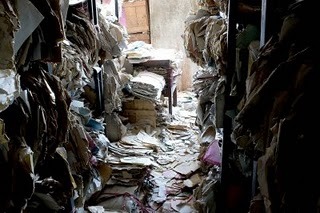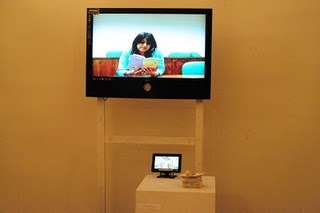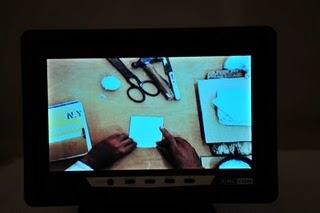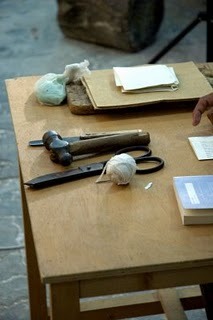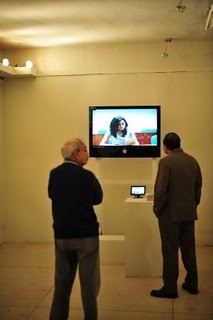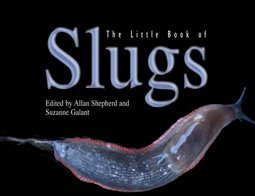The “Frankfurt School“Video installation. David Alesworth and Adnan Madani. 2008.
This collaborative video installation produced by David Alesworth and Adnan Madani originated in certain discussions between the two some years ago. Here the idea was posited of coercing members of “the public” to read critical theory, out loud, to the camera. The idea arose from the artists experience as teachers and the difficulties of getting students to read texts. Prompted to revisit the idea by a mutual friend, the project was begun in 2008 with a series of experimental shoots of art students, often tied or kneeling reading from Theodor Adorno’s book “The Culture Industry” Routledge, 2nd edition, 2001. After further interviews and video shoots the artists settled upon filming a group of law students reading from the text in an academic environment. This being a small lecture theatre. The artists intervened in the readings, often stopping the readers and requesting them to start again from the beginning. The readers were also asked some simple questions in the course of each two minute reading from the same piece of text. The subsequent video revealed a study in power and something of the politics of the classroom. “The Ignorant Schoolmaster” by, Jacques Ranciere is a text that both artists had been recently considering. Subsequently it was decided that the video required a second, disparate element that would run parallel to the video portraits. In the end this became the accompanying footage of a bookbinder dismantling the same text, Adorno’s “The Culture Industry” and producing from it a pile of folded and glued paper bags. These are common items in contemporary Pakistani street culture. The revered canonical text was ultimately reduced to a common disposable item that might be used for the sale of low value items. The two videos were streamed alongside each other in one fourteen minute loop initially. Upon first exhibiting the work, it was decided to set it up in the form of a video installation. This comprised of a large mounted plasma screen with audio, playing looped footage of the video portraits of the readers and the interruptions from the artists. On a table in front of this, not aligned to the main screen was a small LCD screen playing the silent dismantling of Adorno’s book. Next to this on the table was a neat stack of paper-bags, weighted down by a smooth white pebble, the bags having been produced from the pages of the book. The accompanying text:
The Frankfurt School
David Alesworth Adnan Madani
“We asked students from the Law Department of the Lahore University of Management Sciences to read aloud an essay written by the German critical theorist Theodor Adorno. We filmed them reading in the lecture auditorium, while asking them a variety of questions to test their grasp of the text. The individual sessions collectively form a series of portraits, or studies in power; the text itself was subsequently converted into an object of (first) use and then (later) fetish value.“
– was presented as a museum label on the adjacent wall. The whole ensemble was encountered as a puzzle to be investigated and pieced together through the examination of the elements.
Autobiographical connotations and relevance to my current project:
(The creation of autobiographical works through video and other means.)
For myself (David Alesworth) the whole work has a strong autobiographical resonance. I have taught in art-schools in Pakistan for some twenty years, and struggled unsuccessfully to integrate some theory alongside studio practice, at a variety of schools in the country. In my art practice of twenty years of living in Pakistan, the transformation of material (and often content) through interaction with Pakistan’s urban crafts, of all forms has taken the central position. The production of the bags from the “western” text particularly resonates with this enduring concern.
This is the first major work that I have edited on a Mac and in Final Cut Pro. Adnan and I lite
rally googled our way through a number of the editing steps, Adnan seeking the tutorials on a laptop and interpreting them to me, whilst I attempted to follow these instructions on the editing i-mac.
“Johnk“(60 Seconds) was commissioned by Motiroti UK.
Produced and directed by David Alesworth. Lahore. 2008.
(Low res. complete video, one minute)
The video was filmed in my residence earlier this year. Through the use of a split screen the passage of Jahangir (my housekeeper) and myself towards the vegetable garden is documented. We travel over very different surfaces. Jahangir leaves his quarters and walks around the rear of the house where he lives with his wife and three children, largely outside. I travel from the hall, over plush rugs, through the carpeted lounge, dinning-room and kitchen to meet with him in the vegetable garden. Here we discuss in my poor Urdu and his limited English issues of vegetable growing and other topical subjects. Like the split screen footage, we are arranged either side of an improvised irrigation support. Both devices serve to underline the formal intimacy of our domestic lives. We are either side of the class divide. Having been plagued by slugs (Johnk) the conversation ends with their mention. We withdraw to our respective quarters, Jahangir’s door opens into his single room, amidst the chatter of his young family. I enter through my front door and toss my keys down. The video ends with a shot of my book on sustainable slug management practices. The video is about economic disparity in Pakistan today, post-colonial ghosts and eccentric English obsessions. I intend to make more work about slugs in the near future.
— Read more
